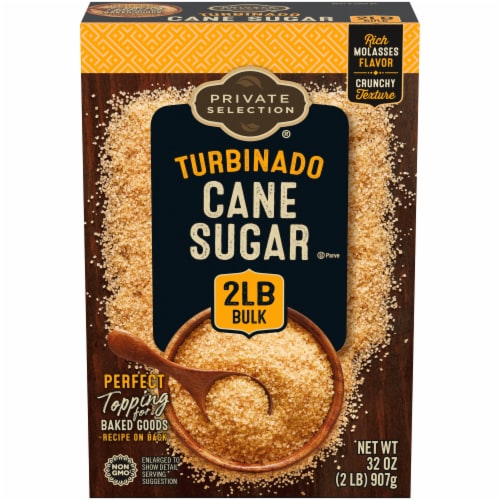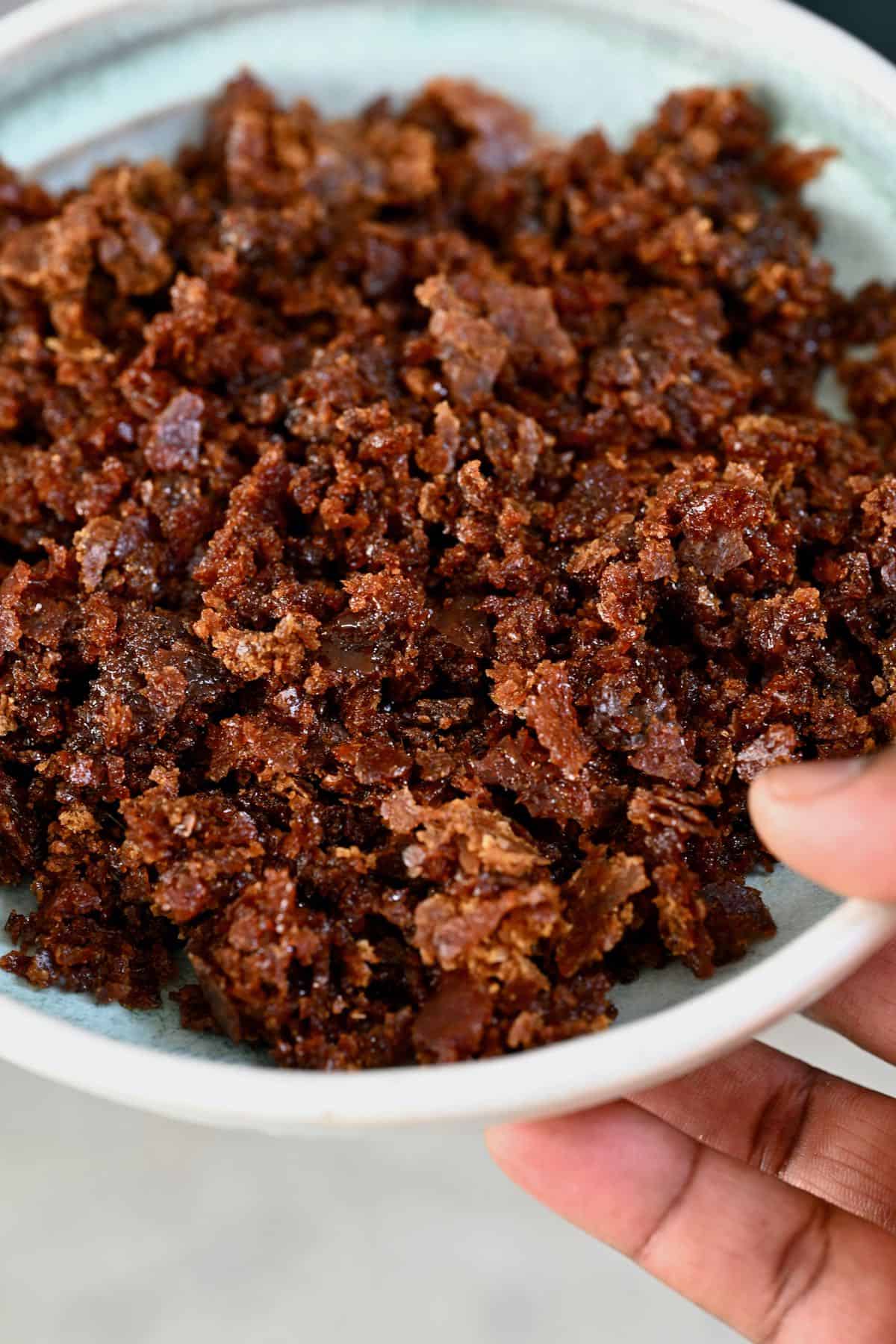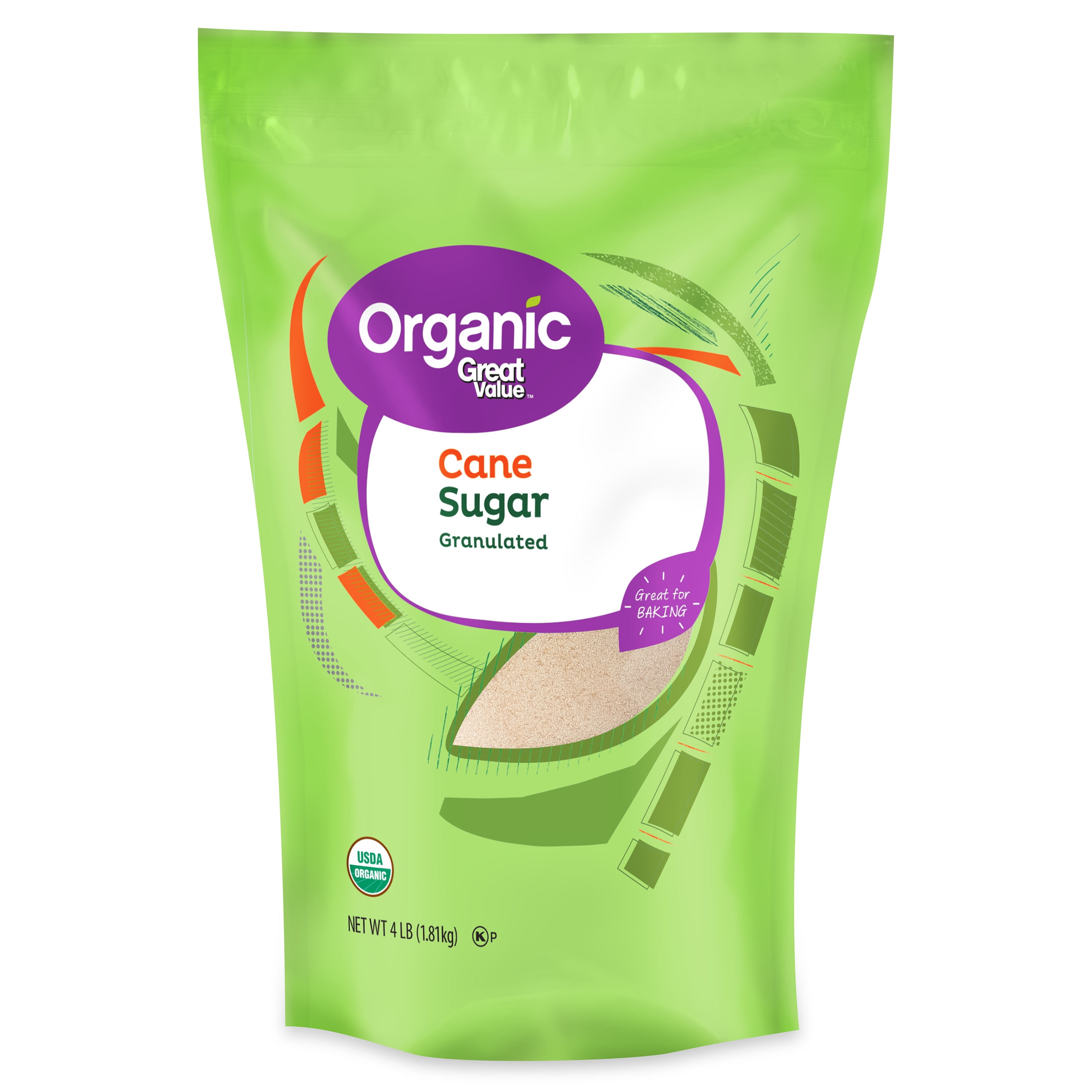Discovering the Comprehensive Steps Entailed in Walking Cane Sugar Handling From Collecting to Improvement
The procedure of walking stick sugar production includes a series of intricate steps, beginning with the careful harvesting of sugarcane and culminating in the improvement phases that ensure the end product satisfies market requirements. Each stage, from the removal of juice to the filtration and formation processes, plays an essential function in determining the top quality and character of the sugar. Comprehending these stages not only highlights the intricacy of sugar production yet additionally elevates crucial concerns regarding performance, sustainability, and development in the sector. What implications do these aspects have for future techniques?
Collecting Sugarcane
Harvesting sugarcane is an important action in the walking stick sugar processing chain, as it directly affects the top quality and return of the end product. Proper timing and methods are essential during this stage to make certain optimal sugar web content and decrease losses. Generally, sugarcane is harvested when it reaches maturation, generally 12 to 18 months after growing, identified by a high sucrose focus.

Post-harvest, the sugarcane should be refined quickly to prevent sucrose deterioration. Preferably, gathered walking cane ought to be moved to processing centers within 24 hours to protect sugar top quality. As a result, effective logistical planning is critical to preserve the honesty of the harvested crop throughout the supply chain.
Removal Process

The smashed walking stick goes through a series of pressing operations to optimize juice healing. Usually, warm water is sprayed onto the crushed walking cane, developing a countercurrent circulation that aids dissolve the sugar while likewise helping in the extraction process. The juice accumulated from this procedure consists of not only sugar but additionally numerous organic compounds and contaminations.

To boost removal effectiveness, some facilities may use diffusion approaches, where the sugarcane is taken in warm water, enabling the soluble sugars to diffuse into the liquid. The resulting juice, abundant in sucrose, is after that guided to subsequent handling phases, laying the structure for purification and improvement. The extraction procedure is therefore critical in determining the quality and return of the last sugar product.
Purification Strategies
The filtration techniques utilized in walking cane sugar processing are necessary for transforming the raw juice right into a high-grade sugar item. These techniques mainly aim to get rid of contaminations, such as dirt, plant products, and inorganic substances, which can detrimentally influence the last product's flavor and shade.
Among one of the most typical purification techniques is information. This procedure involves including lime and warmth to the raw juice, which assists in the learn this here now coagulation of impurities. The resulting precipitate is then gotten rid of through sedimentation or filtering, generating a clearer juice. Additionally, making use of phosphoric acid can enhance the information procedure by more binding impurities.
One more substantial strategy is carbonatation, where carbon dioxide is introduced to the clarified juice. This reaction creates calcium carbonate, which records remaining pollutants and advertises their elimination.
Furthermore, turned on carbon treatment might be related to adsorb any continuing to be colorants and natural contaminations, ensuring a more refined product. The mix of these techniques effectively prepares the sugar juice for succeeding action in the refining process, setting the stage for the production of premium cane sugar.
Condensation Approaches
After the purification phase, the following essential action in cane sugar handling includes crystallization methods, which play a pivotal role in changing the cleared up juice into solid sugar. This process typically uses 2 main methods: spontaneous formation and regulated crystallization.
In spontaneous crystallization, supersaturated sugar solutions are permitted to cool down naturally, bring about the development of sugar crystals in time. This method is less complex yet may result in irregular crystal dimensions and reduced purity levels. On the various other hand, managed formation is a much more specific strategy where temperature level, concentration, and seeding representatives are thoroughly taken care of. This approach permits the consistent development of sugar crystals and look at this now higher purity.
During condensation, the cleared up juice is concentrated through evaporation, increasing its sugar material till it reaches supersaturation. As soon as this point is achieved, either method can assist in the condensation procedure. Cane Sugar Processing. The resultant sugar crystals are after that separated from the staying syrup through centrifugation
Eventually, the option of formation technique affects the quality, size, and purity of the final sugar product, making this step important in the general cane sugar processing treatment.
Improvement and Packaging
Just how can the purity and top quality of cane sugar be further improved after formation? The improvement process plays an essential role in accomplishing high-quality cane sugar.
Following, the sugar is subjected to a procedure called centrifugation, where it is rotated at high speeds to separate the detoxified sugar crystals from the remaining fluid. After centrifugation, the sugar is frequently further improved via a technique called carbonization or phosphatation, which makes use of activated carbon or phosphoric acid to get rid of shade and off-flavors.
As soon as refined, the sugar is dried out to achieve the desired moisture web content, guaranteeing that it remains secure throughout storage and transportation. The final step involves packaging the polished sugar in impermeable and moisture-proof containers to preserve its top quality and avoid contamination. Cane Sugar Processing. Correct packaging not only expands rack life but also helps with simple handling and distribution, making certain that customers obtain sugar that meets the highest possible standards of purity and high quality
Conclusion
The extensive actions associated with walking cane sugar handling, from the thorough harvesting of sugarcane to the complex improvement and packaging phases, emphasize the relevance of each stage in making sure top notch sugar manufacturing. Optimal harvesting methods, efficient extraction techniques, and extensive purification procedures jointly add to the last product's purity and security. The condensation and succeeding packaging techniques better improve the stability and life span of the sugar, highlighting the intricacy and precision intrinsic in this important agricultural industry.
The procedure of cane sugar manufacturing incorporates a collection of intricate actions, starting with the cautious harvesting of sugarcane and culminating in the improvement stages that ensure the last item satisfies industry standards. Preferably, harvested cane needs to be delivered to processing facilities within 24 hours to maintain sugar top quality.In spontaneous condensation, supersaturated sugar remedies are allowed to cool naturally, leading to the development of sugar crystals over time - Cane Sugar Processing. The refinement process plays a vital role in accomplishing look at here now top notch walking cane sugar.The comprehensive actions involved in walking stick sugar processing, from the precise harvesting of sugarcane to the detailed refinement and packaging stages, emphasize the value of each phase in ensuring top quality sugar manufacturing